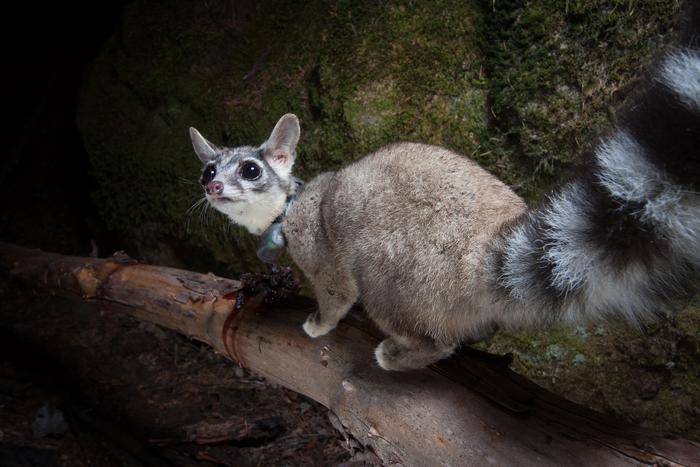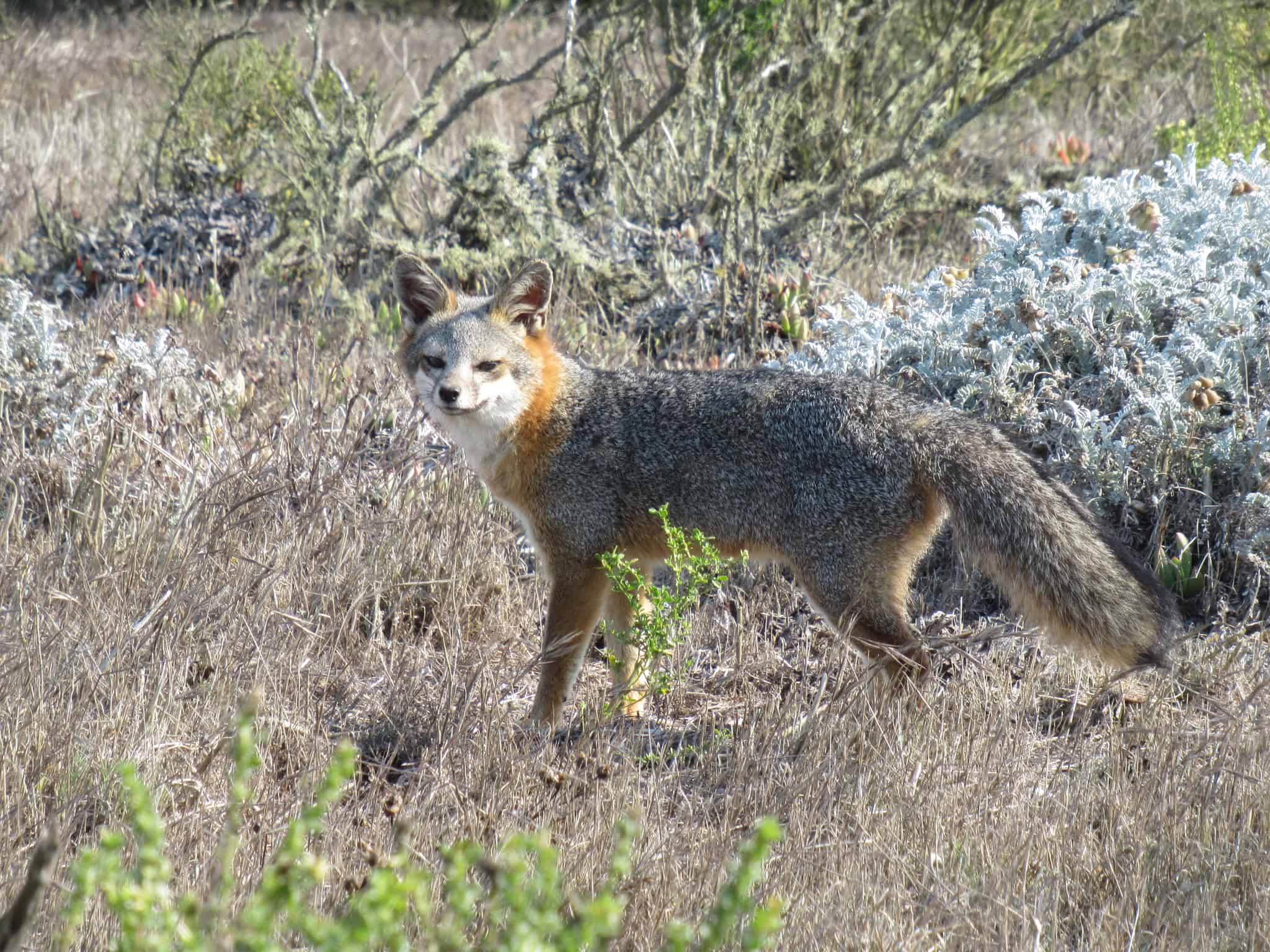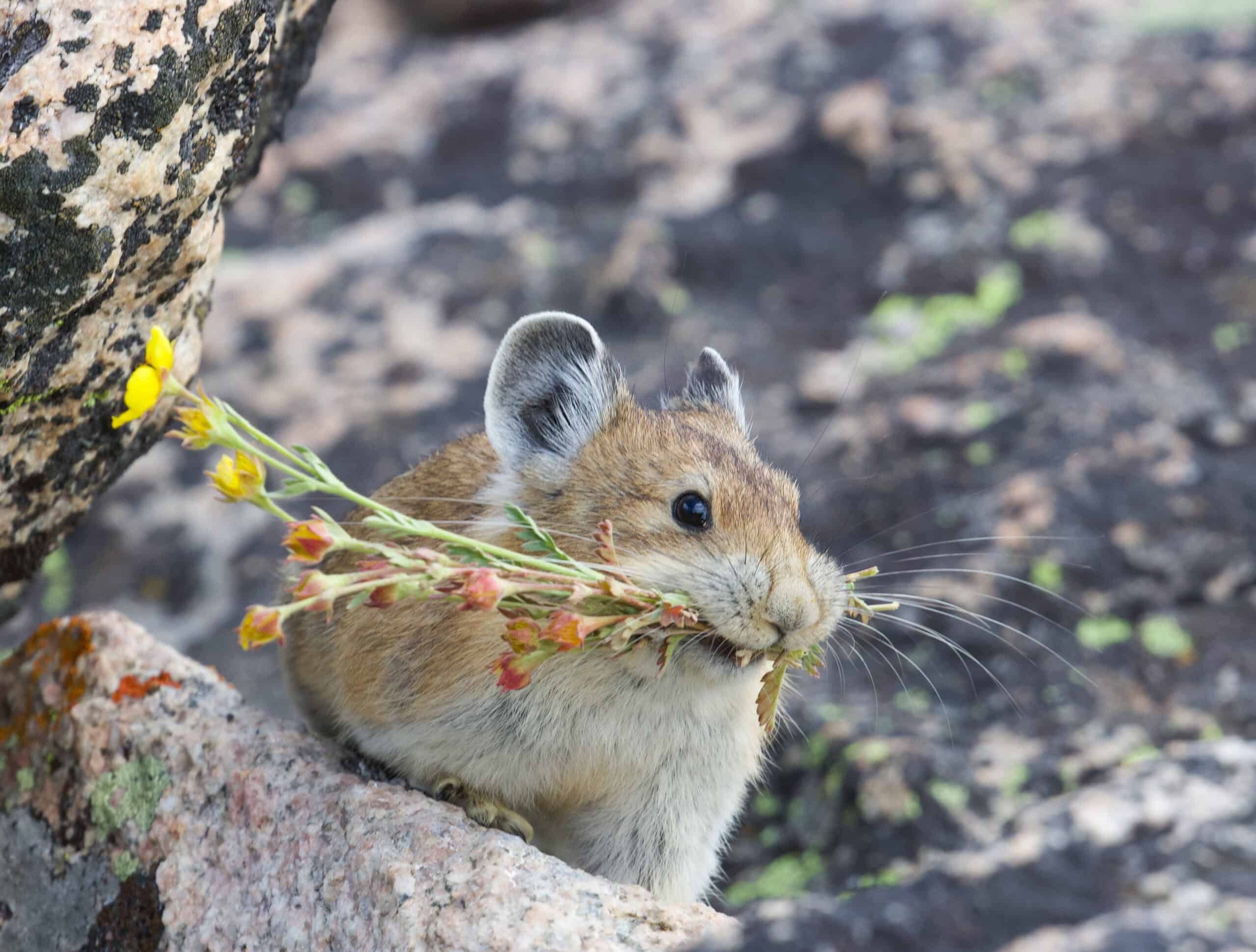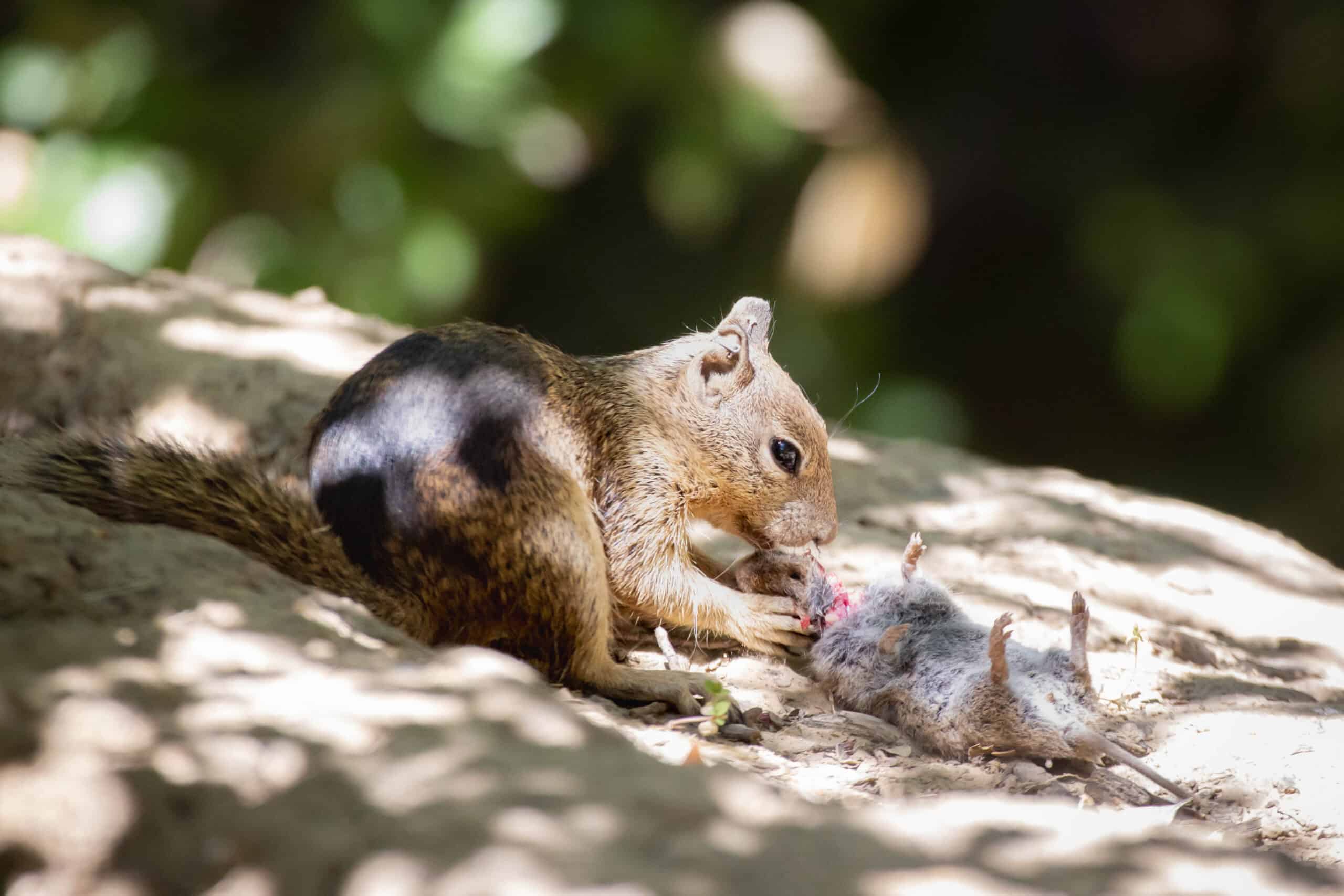Share this article
Wildlife Featured in this article
- Ringtail
Shedding light on the cryptic ringtail
A study on the Hoopa Valley Reservation has revealed some of the mammal’s secrets
Secretive species can pose special conservation challenges simply because they are so cryptic, researchers known relatively little about them. One such species is the ringtail (Bassariscus astutus), a relative of the raccoon with cultural significance to many Indigenous peoples in North America.
A collaboration among scientists from Oregon State University, the Hoopa Valley Tribe, Penn State and Cal Poly Humboldt has shed light on the nocturnal carnivore.
Ringtails use the cavities of living trees or standing dead ones, called snags, to rest, avoid bad weather, hide from predators and make dens to raise their young. The research, conducted on the Hoopa Valley Reservation northeast of Eureka, California, found ringtails selected tree cavities in mature and older forests, as well as in younger forests with some older trees still present, rather than oak woodlands or other more open areas.
“And we found the presence of fishers, another charismatic, cat-like carnivore known to compete with ringtails for resources, did not influence where ringtails chose to rest,” said TWS member Sean Matthews, a wildlife ecologist with OSU’s Institute for Natural Resources and a co-author of the study published in in Northwest Science.
These findings differ from what is known ringtails in other portions of their range, Matthews said, and they offer guidance for forest managers seeking to conserve trees used by ringtails. “They’re definitely a species of conservation concern in California and Oregon,” he said.
Hoopa Tribal Forestry helped fund the study. The Western Section of The Wildlife Society was also among the organizations also supporting the research.
Header Image: Jonathan Armstrong/Oregon State University








